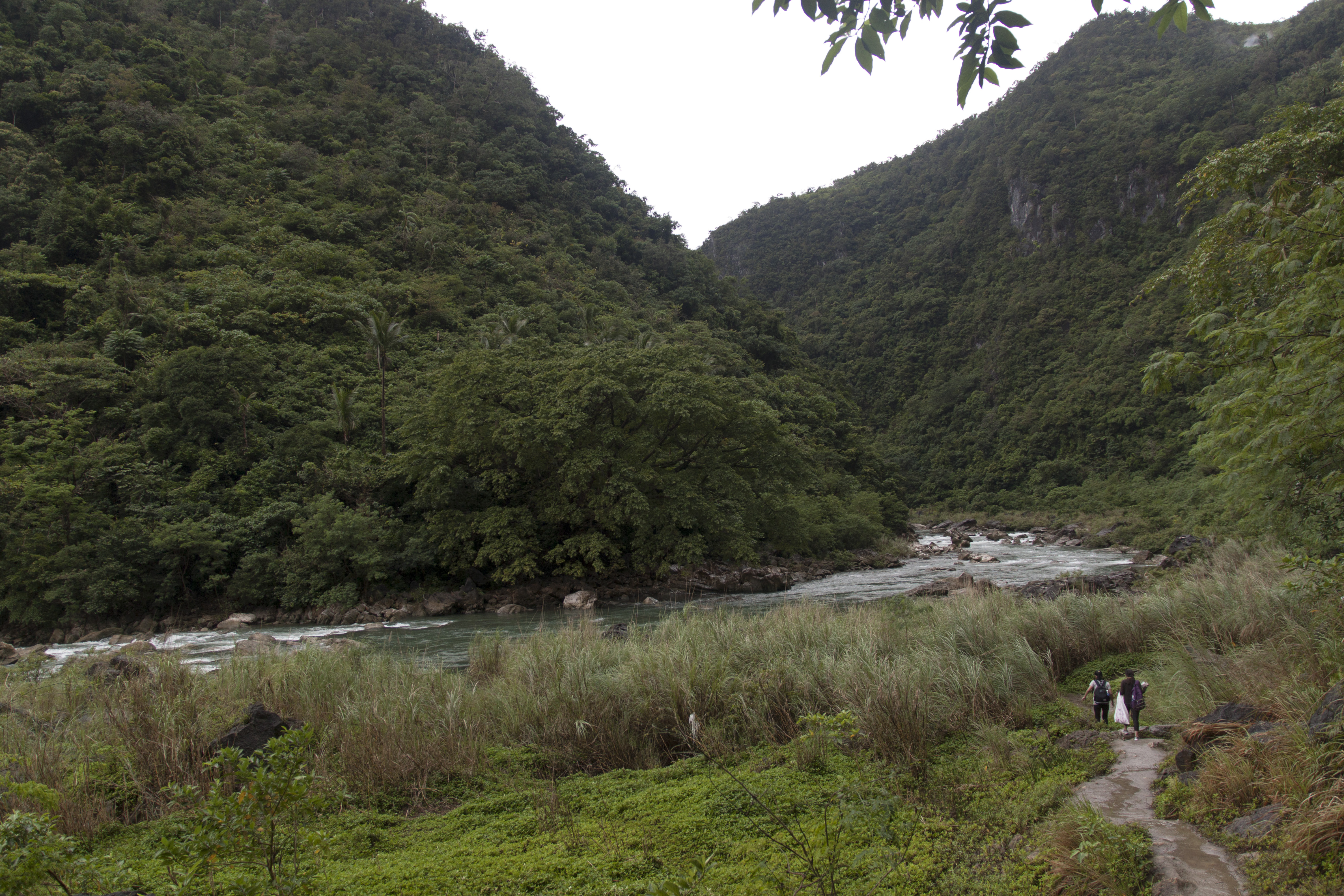Media’s unasked question: How much do Filipinos need the Kaliwa Dam?

FOR THE second time this year, declining levels of water in Angat Dam imposed rotational service interruptions in Metro Manila. Water concessionaires Manila Water and Maynilad cited the dipping levels in Angat Dam, the main source of water for the metro, as the reason. President Duterte warned the companies of possible government takeover.
During the water shortage crisis in March, the Duterte administration pitched the Kaliwa Dam project as a viable solution. But some groups claimed that the water crisis has been used only as an excuse to justify the dam’s construction.
Media’s coverage has included the government’s arguments for, as well as the reasons presented by environmental groups against it. But the discourse has not risen above the exchange of the pros and cons, failing to answer the question: Is Kaliwa Dam really needed?
The background
The Kaliwa Dam Project or the New Centennial Water Source Project is one of the Duterte administration’s big-ticket, China-funded projects. Media reports said the project will cost PHP18.7 billion, and is intended as a medium-term water source that will complement Angat Dam. Once completed, it is expected to add 600 million liters per day (MLD) to the capital‘s water supply.
Kaliwa Dam was discussed by the Aquino administration as a a public-private partnership (PPP) in 2014, but was turned into a project under an official development assistance (ODA) scheme in 2017 by the Duterte administration.
The dam will be built in Brgy. Pagsangahan in General Nakar and Brgy. Magsaysay in Infanta, both in Quezon province. A 25.5 kilometer conveyance tunnel, 200 meters underground, will traverse the mountainous areas of Baras, Tanay and Teresa in Rizal.
Irregularities, negative impact
Controversies have not helped the public evaluate the project.
An analysis in Rappler’s “Thought Leaders” section in June pointed to viability issues, among them, the risk of sedimentation, which was pointed out by the National Economic and Development Authority (NEDA), an issue which could shorten the dam’s life span. The possibility of higher costs was also a factor that held back the start of the project, given that the area is prone to “severe erosion and earthquake hazards.”
News accounts in August noted the Commission on Audit’s (COA) memorandum, dated June 10, which called attention to irregularities in the awarding of the construction contract to the China Energy Engineering Corp. COA said the Metropolitan Waterworks and Sewerage Systems’ (MWSS) technical working group failed to observe proper bidding and vetting procedures.
On October 23, the Department of Environment and Natural Resources (DENR) issued an Environmental Compliance Certificate (ECC) for the project. The Dumagat indigenous peoples (IP) group in Quezon and Rizal, whose ancestral lands will be affected by the project, assailed the issuance of the ECC. The Dumagats, said media reports, argued that the process for Free Prior and Informed Consent (FPIC) is not yet completed. The FPIC allows IPs to participate in decision-making before any development on ancestral lands can begin. In September, five out of six cluster communities in General Nakar rejected the project.
While Metro Manila stands to benefit from the project, this would be at the expense of mostly IP communities and the Sierra Madre’s rich biodiversity.
An executive summary by the DENR’s Environment Management Bureau said the project would “indirectly impact” 56 IP households and place 284 others at risk of flooding. Some media reports, citing IP groups, noted that up to 20,000 Dumagat people face displacement.
Haribon Foundation, meanwhile, said at least 126 species, among them the critically endangered Philippine Eagle, will lose their habitat. The project would also endanger plant life in the mountain range where there are around 172 plant species. Of the number, 39 are endemic to the country and 17 are threatened or endangered.
Is Kaliwa Dam the only way?
At the height of the water crisis in March this year, some media reports presented alternatives pitched by private companies. The Osaka-based Global Utility Development Corporation (GUDC) renewed its proposal to build the Kaliwa Intake Weir, which it first raised in 2009 to address the water supply needs of Metro Manila.
The weir or lowhead dam will have less impact on the environment and surrounding communities. Included in the GUDC’s proposal is the construction of a water treatment plant. The proposed intake weir can provide 550 MLD of water – 50 MLD less than the proposed Kaliwa Dam.
But the MWSS rejected the proposal, saying it did not present long-term solution to Metro Manila’s water supply problem. The media did not analyze the basis for this argument.
Others opposed to the Kaliwa project have proposed other alternatives constituting several actions which include rehabilitating and improving existing dams and water distribution facilities; conserving and protecting watersheds; strengthening water conservation policies; as well as exploring and applying new technologies.
Expanding the discourse
Some of the media’s coverage have gone into the details of the project’s impact on indigenous communities, and to some extent, the question of Chinese loans availed of by the government. Both deserve due attention from citizens and the media.
Metro Manila clearly needs a new water source, especially for the near future. But the government’s emphasis on the Kaliwa Dam as the only solution has weakened the debate about the worthiness of the project – the government’s intransigence simply a way to favor Chinese companies. Citing government sources, reports have not established that the Kaliwa project will solve the water shortage. At the same time, the arguments against Kaliwa seem weakened by actual water shortage.
In moving the discourse forward, perhaps the media should review the options comprehensively, focusing only on whether the alternatives can provide for these needs, and clarifying with certainty whether the country really needs the Kaliwa Dam.
Leave a Reply